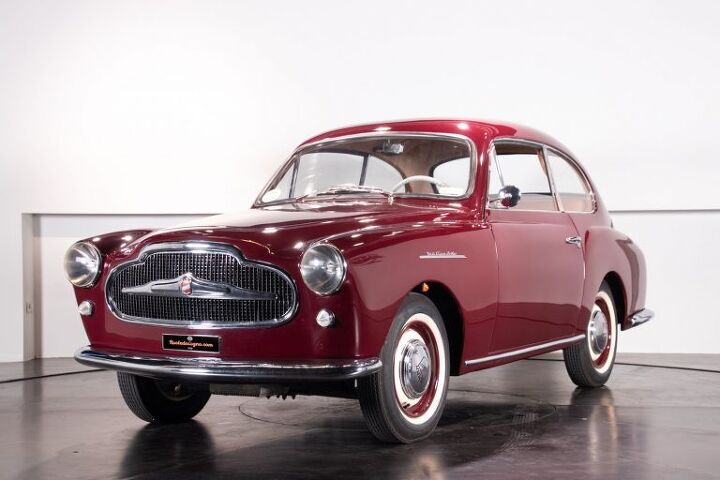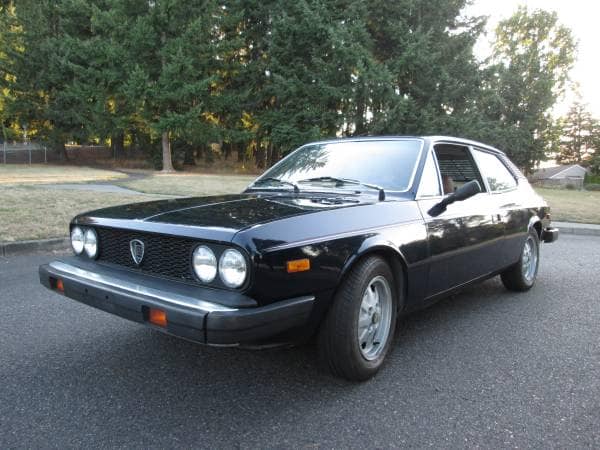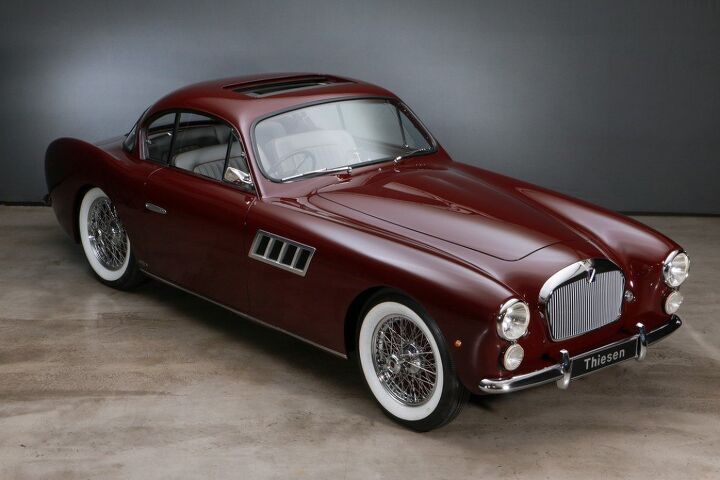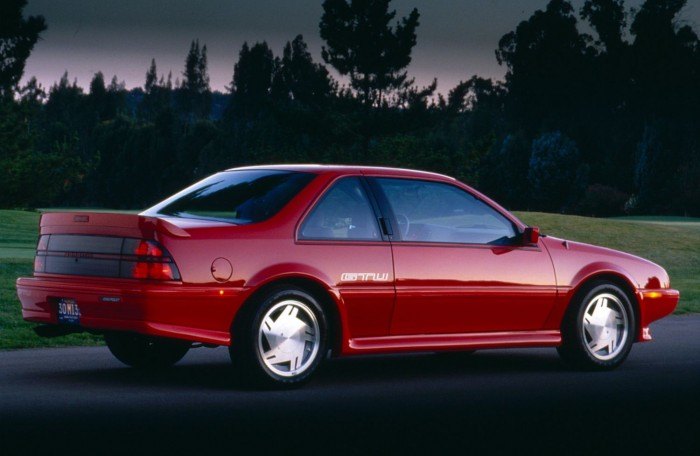#CollectorCars
Rare Rides: The Forgotten Moretti 750 From 1954
Today’s Rare Ride hails from a brand which ceased its operations decades ago. At its peak, it never produced more than a couple thousand cars a year. Said vehicles were largely confined to sales in Europe, and specifically within Italy.
Let’s learn about the brand behind this little red Moretti 750.
Rare Rides: A 1969 Fiat 850 Special, by Vignale
Not long ago, Rare Rides featured a top-line Fiat 2100 sedan that was rebodied at the order of Abarth into the luxury 2200 Coupe Allemano. Today we have a look at a subcompact Fiat that received a similar treatment. It’s an 850 Special, Vignale-style.
Rare Rides: A Mazda Bongo 4×4 - JDM Van Time From 1994
For decades, the Japanese market has loved vans of all shapes and sizes, ranging from basic kei to fully-loaded VIP luxury. Rare Rides has touched on JDM van time just once previously, with a luxurious and capable 1990 Toyota Town Ace. Today we’re taking a look at what Mazda offered a Nineties Japanese consumer of vans.
Rare Rides: An Air-cooled Berkeley Twosome From 1959
Today’s Rare Ride comes from one of those little European brands you’ve never heard of. The company was in business for just a few years, and produced tiny cars powered by even tinier engines. Let’s take a look at the Twosome, from 1959.
Rare Rides: A 1972 DAF 66 Two-Door Wagon, Small and Not Quite a Volvo
Today’s Rare Ride is from an automaker headquartered in the Netherlands which faded away long ago. It’s a little DAF 66, from 1972.
Rare Rides: A 2017 Gillet Vertigo - The Best a Man Can Get?
In what may be a Rare Rides first, today’s featured coupe is sporty, aggressive, and completely off the map. Don’t bother searching TTAC for Gillet, because there are zero results. Let’s learn a bit more about whatever this is, as it’s surely very good.
Rare Rides: The Lancia Beta HPE, a Reliable Shooting Brake Dream From 1977
Rare Rides: A Lancia Delta HF Integrale From 1990 (Part I)
Today’s Lancia is one of the company’s final unique product offerings. In the finest tradition of creating a sleeper, the good people at Lancia took their practical Delta hatchback to new planes of existence. Presenting the 1990 Lancia Delta HF Integrale.
QOTD: Terrible Nineties Sports Car Design From Japan?
Today marks the final entry in our Question of the Day series discussing bad sporty car design from the Nineties. So far we’ve covered America and Europe, and we now finish up with poor sports car designs from Japan.
Rare Rides: The 1954 Talbot-Lago T26 Grand Sport Coupe - Supreme Elegance (Part II)
In Part I of this two-part edition of Rare Rides, we learned about historic manufacturer Talbot and the ups and downs the performance and luxury car brand experienced due to outside forces. Today we take a closer look at the car which generated this story — a very rare T26 Grand Sport coupe.
Rare Rides: The 1954 Talbot-Lago T26 Grand Sport Coupe - Supreme Elegance (Part I)
Talbot’s history was a difficult one, fraught with adversity. Yet during the company’s earlier iterations it produced beautiful, luxurious cars like today’s Rare Ride. It’s a T26 Grand Sport coupe, from 1954.
QOTD: Terrible Nineties Sports Car Design From Europe?
On last Wednesday’s Question of the Day post, we began our examination of terrible styling on sporty cars of the 1990s. First up was America, and the oft-fiddled Mercury Cougar. This week we turn our attention to Europe, and sporty designs from across the ocean that didn’t quite work.
Rare Rides: A Ford Probe From 1991 - the Mustang Replacement
Probe is a significant name in the history of Rare Rides, as the series started off in early 2017 with the Ghia-designed Probe I. That design study was the kickoff of a series of Probe concepts from Ford; a series which ultimately resulted in an aerodynamic liftback that entered production in the late Eighties.
Let’s see a clean, original example of the all-but-vanished first-gen Probe.
Rare Rides: Vintage England Via the 1957 Austin Cambridge
Recently Rare Rides featured the Rolls-Royce powered Vanden Plas Princess, which was the very pinnacle of luxury offered by BMC’s coachbuilding arm.
Today we’ll check out one of the less luxurious cars British Motor sold to the proletariat: It’s an Austin Cambridge from 1957.






























Recent Comments